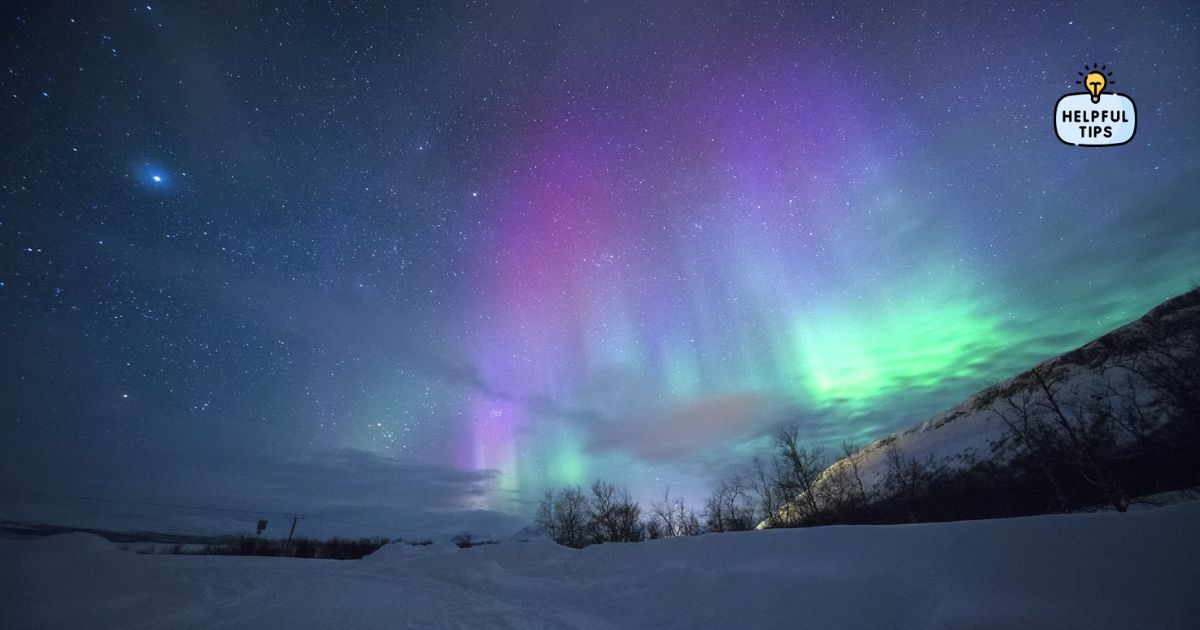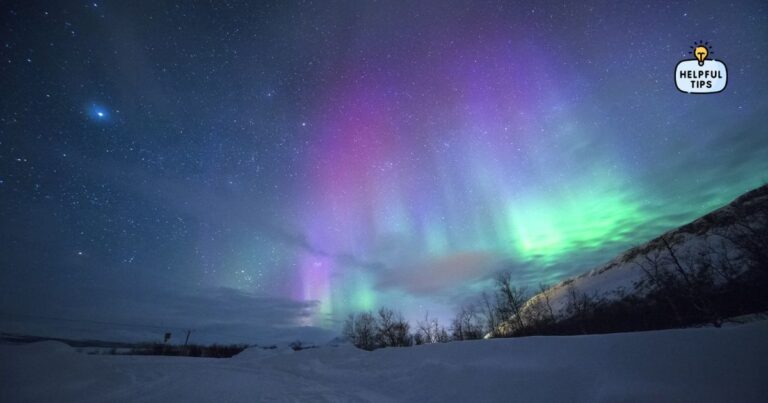
The Northern Lights, also called the Aurora Borealis, are one of the most magical sights on Earth. People travel from all over the world to see these bright, colorful lights dance across the night sky. But what causes them? When and where can you see them? And how do you plan a perfect Northern Lights trip? Let’s explore!
What Are the Northern Lights?
The Northern Lights are natural light shows in the sky. They happen when tiny particles from the Sun hit the Earth’s atmosphere. These particles mix with gases like oxygen and nitrogen, creating colorful lights that shine in shades of green, pink, purple, and red.
When Can You See the Northern Lights?
The Northern Lights are visible year-round, but the best time to see them is during the winter months. Here’s why:
- Long Nights: Winter has longer nights, giving you more time to spot the lights.
- Clear Skies: The cold air often means fewer clouds, making the sky clearer.
- Solar Activity: The lights are stronger when the Sun is very active, which happens in cycles.
The peak viewing season is usually from September to March, especially on dark, moonless nights.
Where Can You See the Northern Lights?
The best places to see the Northern Lights are near the Earth’s poles. Here are some top locations:
1. Norway
Northern Norway, especially Tromsø, is one of the best spots. The Arctic Circle offers clear skies and beautiful landscapes to enjoy the show.
2. Iceland
Iceland’s small population and remote locations make it perfect for viewing. Hot springs, like the Blue Lagoon, offer a unique way to enjoy the lights.
3. Finland
Stay in a glass igloo or cabin in Finland’s Lapland region for a cozy view of the lights.
4. Canada
Yukon and Northwest Territories in Canada are famous for their Northern Lights displays.
5. Alaska
Fairbanks, Alaska, is another popular destination. Many tours offer tailored experiences for light chasers.
How to Check the Forecast
Before you plan your trip, it’s important to check the Northern Lights forecast. Here’s how:
- KP Index
The KP Index measures the strength of the Aurora. A higher number (5 or more) means the lights are stronger and visible farther south. - Aurora Apps and Websites
Websites like the Aurora Forecast or apps like My Aurora Forecast show live updates on aurora activity. - Weather Forecast
Clear skies are essential. Use weather apps to check for cloud coverage.
Tips for Watching the Northern Lights
Seeing the Northern Lights requires a bit of planning. Here are some helpful tips:
1. Find Darkness
Light pollution from cities can ruin your view. Go to rural areas or national parks for the best experience.
2. Dress Warmly
It gets cold at night, especially in winter. Wear thermal clothing, gloves, and hats to stay comfortable.
3. Be Patient
The Northern Lights can be unpredictable. Sometimes, you have to wait hours to see them.
4. Use a Camera
The lights may not appear as bright to the naked eye. A camera with manual settings can capture their true beauty.
5. Plan for Multiple Nights
If you’re traveling, plan a trip for several days. This increases your chances of catching the lights.
The Best Aurora Experience
Many tour companies offer guided trips to see the Northern Lights. Some even provide extras like warm drinks, storytelling, or photography lessons. You can also combine your trip with other winter activities like dog sledding or snowmobiling for an unforgettable experience.
Fun Facts About the Northern Lights
- The Southern Hemisphere has its own lights called the Aurora Australis or Southern Lights.
- The name “Aurora Borealis” comes from Roman and Greek mythology. Aurora means the goddess of dawn, and Borealis refers to the north wind.
- You can sometimes hear the Northern Lights! People describe it as a faint crackling or popping sound.
Conclusion
Chasing the Northern Lights is a once-in-a-lifetime adventure. With the right planning, patience, and a little bit of luck, you can witness this natural wonder for yourself. Whether you’re standing in the snowy fields of Norway or soaking in an Icelandic hot spring, the magic of the Aurora Borealis will leave you speechless.
So, pack your warm clothes, check the forecast, and get ready to chase the lights!





